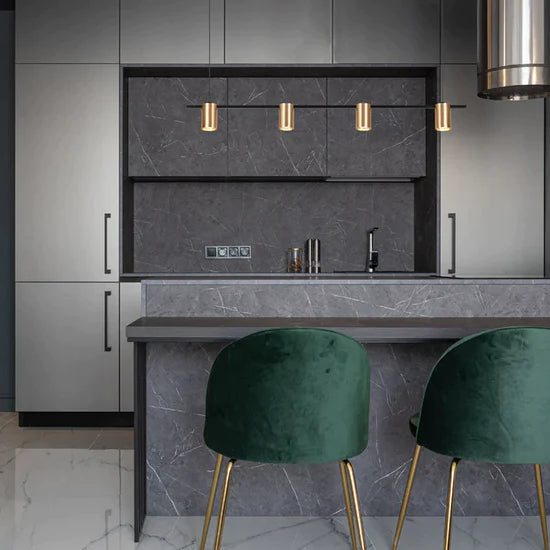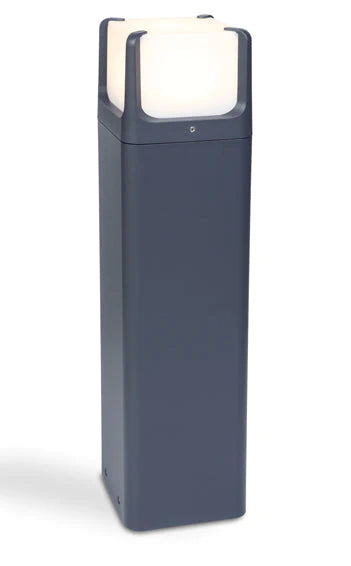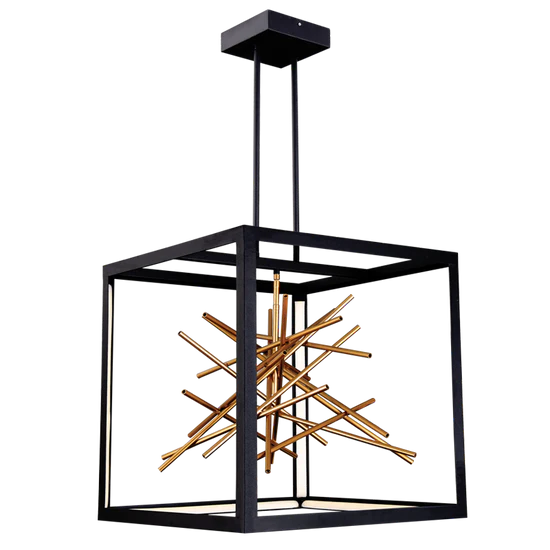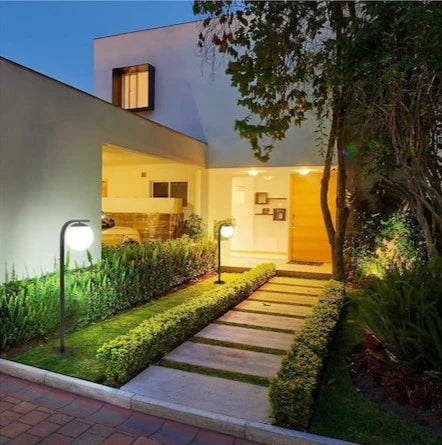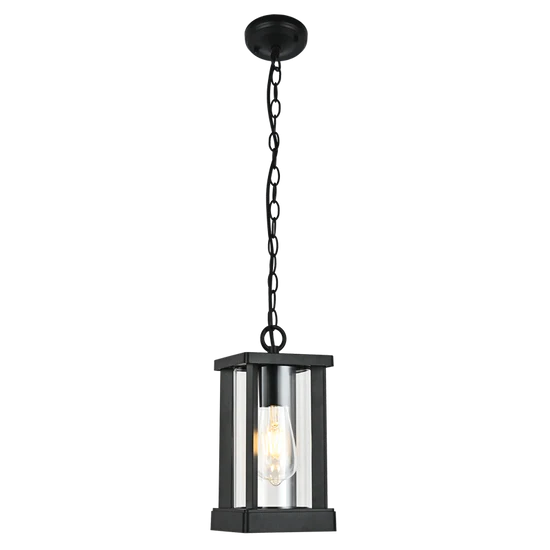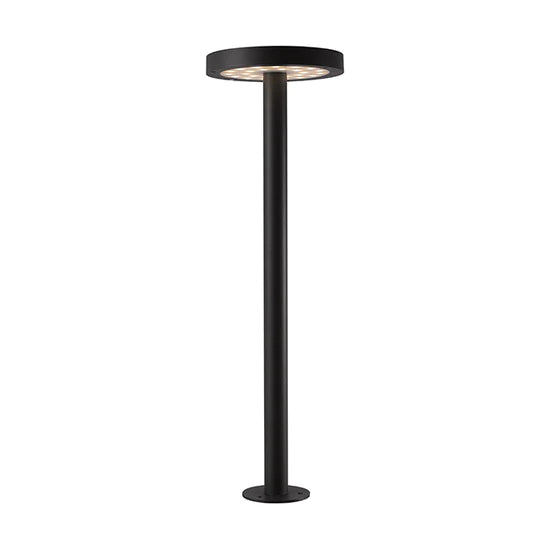Before considering ways and means of reducing your electricity account one should first consider the cost of operating the various types of domestic appliances.
The following table details the average cost of electricity consumed by various classes of electrical appliances and other consuming devices in the home. (Kindly note that all tariffs and costs indicated in this document are inclusive of VAT).
TARIFF CATEGORIES:
A: Lifeline Block 1 (0-350 kWh): 90.86 c/kWh
B: Domestic Block 1 (0-600 kWh): 142.50 c/kWh
C: Lifeline Block 2 (350+ kWh): 210.90 c/kWh
D: Domestic Block 2 (600+ kWh): 173.28 c/kWh
| Electrical Applicance | Rating (KW) | A | B | C | D |
| Cents/Hour | Cents/Hour | Cents/Hour | Cents/Hour | ||
| Lamps | |||||
| 100W Incandescent | 0.10 | 9.09 | 14.25 | 21.09 | 17.33 |
| 75W Incandescent | 0.075 | 6.81 | 10.69 | 15.82 | 13.00 |
| 60W Incandescent | 0.060 | 5.45 | 8.55 | 12.65 | 10.40 |
| 40W Incandescent | 0.040 | 3.63 | 5.70 | 8.44 | 6.93 |
| 10W LED | 0.010 | 0.909 | 1.425 | 2.109 | 1.733 |
| 9W LED | 0.009 | 0.817 | 1.282 | 1.898 | 1.559 |
| 7W LED | 0.007 | 0.636 | 0.997 | 1.476 | 1.212 |
| 5W LED | 0.005 | 0.454 | 0.712 | 1.054 | 0.866 |
| Stove | |||||
| Small Plate "High" | 1.50 | 136.29 | 213.75 | 316.35 | 259.92 |
| Small Plate "Low" | 0.375 | 34.07 | 53.44 | 79.09 | 64.98 |
| Large Plate "High" | 2.00 | 181.72 | 285 | 421.80 | 346.56 |
| Large Plate "Low" | 0.50 | 45.43 | 71.25 | 105.45 | 86.64 |
| Oven (200°C) | 2.00 | 181.72 | 285.00 | 421.80 | 346.56 |
| Dishwasher | 1.00 | 90.86 | 142.50 | 210.90 | 173.28 |
| Electric Blanket Preheat | 0.05 | 4.54 | 7.13 | 10.55 | 8.66 |
| Electric Blanket All Night Setting | 0.02 | 1.82 | 2.85 | 4.22 | 3.47 |
| Electric Frying Pan | 1.50 | 136.29 | 213.75 | 316.35 | 259.92 |
| Fan | 0.07 | 6.36 | 9.98 | 14.76 | 12.13 |
| Vacuum Cleaner | 1.00 | 90.86 | 142.50 | 210.90 | 173.28 |
| Hair Dryer | 0.50 | 45.43 | 71.25 | 105.45 | 86.64 |
| Hi-Fi Equipment | 0.20 | 18.17 | 28.50 | 42.18 | 34.66 |
| Iron | 0.50 | 45.43 | 71.25 | 105.45 | 86.64 |
| Kettle | 2.00 | 181.72 | 285.00 | 421.80 | 346.56 |
| Microwave (900W) | 0.90 | 81.77 | 128.25 | 189.81 | 155.95 |
| P.C. | 0.05 | 4.54 | 7.13 | 10.55 | 8.66 |
| Power Drill | 0.25 | 22.72 | 35.63 | 52.73 | 43.32 |
| Deep Freeze | 0.20 | 18.17 | 28.50 | 42.18 | 34.66 |
| Refrigerator | 0.10 | 9.09 | 14.25 | 21.09 | 17.33 |
| Sewing Machine | 0.07 | 6.36 | 9.98 | 14.76 | 12.13 |
| Slow Cooker | 0.15 | 13.63 | 21.38 | 31.64 | 25.99 |
| 1 Bar Space Heater | 1.00 | 90.86 | 142.50 | 210.90 | 173.28 |
| 2 Bar Space Heater | 2.00 | 181.72 | 285.00 | 421.80 | 346.56 |
| Wall Panel Heater | 0.40 | 36.34 | 57.00 | 84.36 | 69.31 |
| Swimming Pool | 0.75 | 68.15 | 106.88 | 158.18 | 129.96 |
| Television | 0.30 | 27.26 | 42.75 | 63.27 | 51.98 |
| Tumble Dryer | 3.00 | 272.58 | 427.50 | 632.70 | 519.84 |
| Washing Machine Hot | 1.00 | 90.86 | 142.50 | 210.90 | 173.28 |
| Washing Machine Cold | 0.50 | 45.43 | 71.25 | 105.45 | 86.64 |
| Wellpoint Pump | 1.00 | 90.86 | 142.50 | 210.90 | 173.28 |
| Hot Water - Bath 12cm | N/A | 302.87 | 475.00 | 703.00 | 577.60 |
Note: 1 kW = 1000 watts and 1 kWh = 1 unit which is equivalent to 1000 watts being used for 1 hour or 500 watts for two hours or 2000 watts for 0,5 hours.
Due to the water heater having an element of relatively high rating and this element being energized for long periods each day the water heater is the largest user of electricity of all the equipment in a normal house. The next largest users of electricity are the stove and in some households space heaters in winter. Therefore, by reducing the use of the hot water cylinder, stove and space heaters, an appreciable reduction in total overall consumption can be made.
How to reduce your electricity account
Hot Water Cylinder
- Instruct all household members, particularly servants and children, in the economical use of hot water.
- When bathing, use as little water as possible, or better still have a shower.
- Do not wash one cup at a time under the hot tap but rather stack the dirty dishes and wash them together in the sink at the same time.
- Do not allow hot water taps to drip.
- Have the hot water cylinder thermostat set as low as the household's hot water demand will permit.
- Switch off the cylinder when not in use, for example at night, or should the family go out to work during the day, the cylinder could be switched off in the morning. More importantly, switch off the cylinder when away for relatively long periods, such as when on holiday.
- Recommended temperature setting is 55C.
Stove
- When the water has boiled, turn the heat down as low as possible so that the water justkeeps boiling. Do not cook food with the controls set higher than absolutely necessary.
- It is cheaper to heat water in a kettle than to heat it in a pot on the stove.
- Do not cook food for longer than necessary.
- Make sure that the bottom of the pots are flat so that good contact can be obtained between the stove plates and the bottom of the pots.
- For stoves with the heavy solid plates which retain their heat, switch off the plate a few minutes before removing the pot.
- Small pots should be heated on the stove's small plates to avoid unnecessary heat loss.
- A microwave oven is cheaper to operate than a stove.
Refrigerators and Deep Freezers
- Open the refrigerator or deep freeze door as little and for as short a period as possible.
- Do not place hot food in the refrigerator or deep freeze. Allow it to cool externally first.
- Ensure that door seals are in good condition.
Space Heaters and Air Conditioners
- Sit as close as practically possible to a heater to avoid as far as possible the need to have both elements switched on together.
- Switch off the heater when leaving the room for any length of time.3. When using heaters or air conditioners, limit or restrict as far as possible the opening of windows.
- Curtains help to retain the heat in a room. Draw the curtains early in the evening especially during cold weather.
- It is cheaper to use an electric blanket than to heat the bedroom with a heater.
Other Electrical Appliances and Lights
- When using a kettle, do not fill it right to the top if you only intend making one cup of tea.
- Store excess hot water from the kettle in a vacuum flask for the odd cup of coffee or for washing up later.
- Dishwashers and washing machines should only be used when one has a full load to wash and not just a few items.
- Do not leave lights burning unnecessarily.
- Survey your incandescent lights for opportunities to replace them with compact fluorescents. These lamps can save three-quarters of the electricity used by incandescents and have a very much longer operating life. The best targets are 60-100W bulbs used several hours a day.
Swimming Pools
- Operate the filter pump for minimum periods.
- During winter algae growth is restricted and the use of the filter cleaning system can be limited to once every few days.
General
There is currently a shortage of generating capacity in the country. To minimize the load on the electrical network in the country try to avoid the use of high consuming appliances during the evening peak hours of 18:00 to 21:00. These appliances include heaters, air conditioners, stoves, hot water geysers, tumble dryers, washing machines, dishwashers and swimming pool pumps.





















































